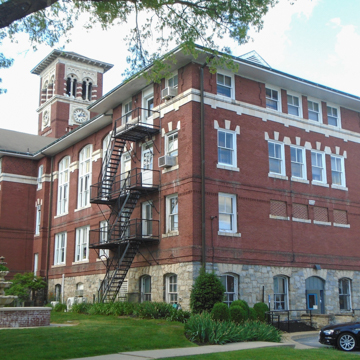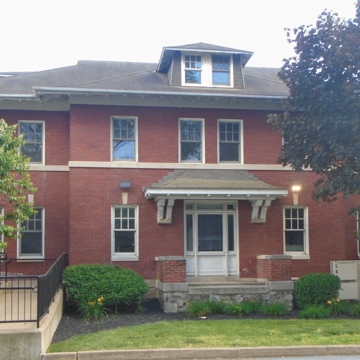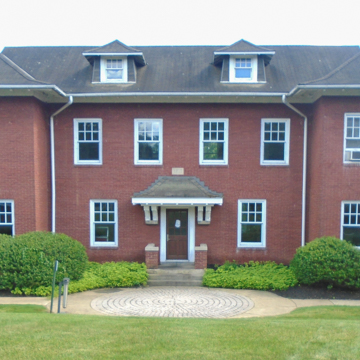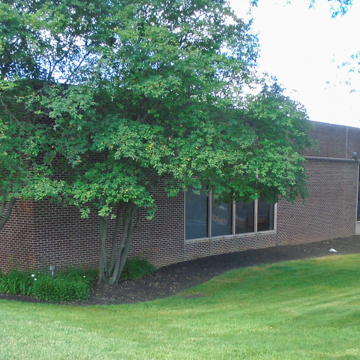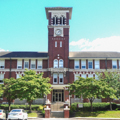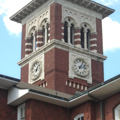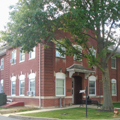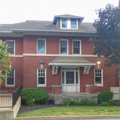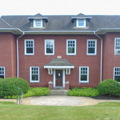You are here
Thaddeus Stevens College of Technology (Thaddeus Stevens School)
At the east edge of Lancaster is the handsome brick campus with Italianate detail of the Thaddeus Stevens College of Technology. Named for the legislator who transformed Pennsylvania's public schools and who, later, was the abolitionist who led the impeachment of Andrew Johnson, its basis was a bequest from Stevens, who in his will described his goals and vision. “They shall be carefully
Writing Credits
If SAH Archipedia has been useful to you, please consider supporting it.
SAH Archipedia tells the story of the United States through its buildings, landscapes, and cities. This freely available resource empowers the public with authoritative knowledge that deepens their understanding and appreciation of the built environment. But the Society of Architectural Historians, which created SAH Archipedia with University of Virginia Press, needs your support to maintain the high-caliber research, writing, photography, cartography, editing, design, and programming that make SAH Archipedia a trusted online resource available to all who value the history of place, heritage tourism, and learning.

















